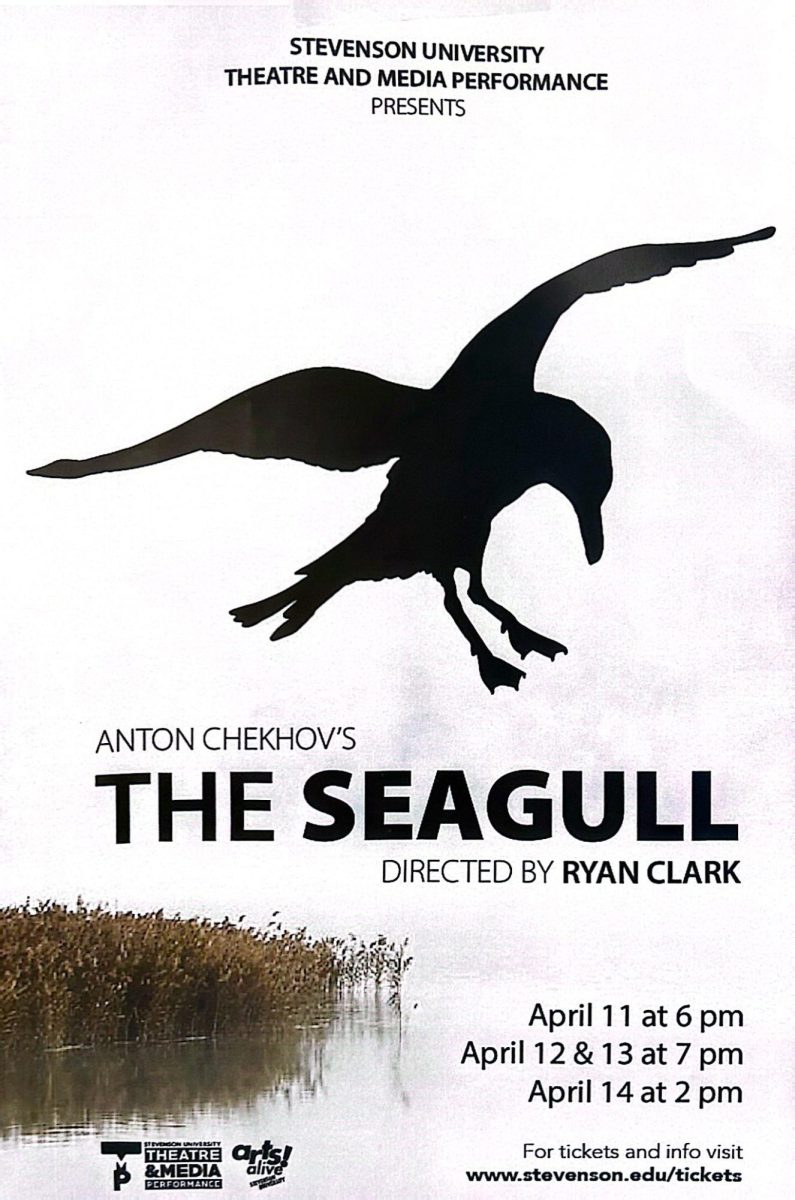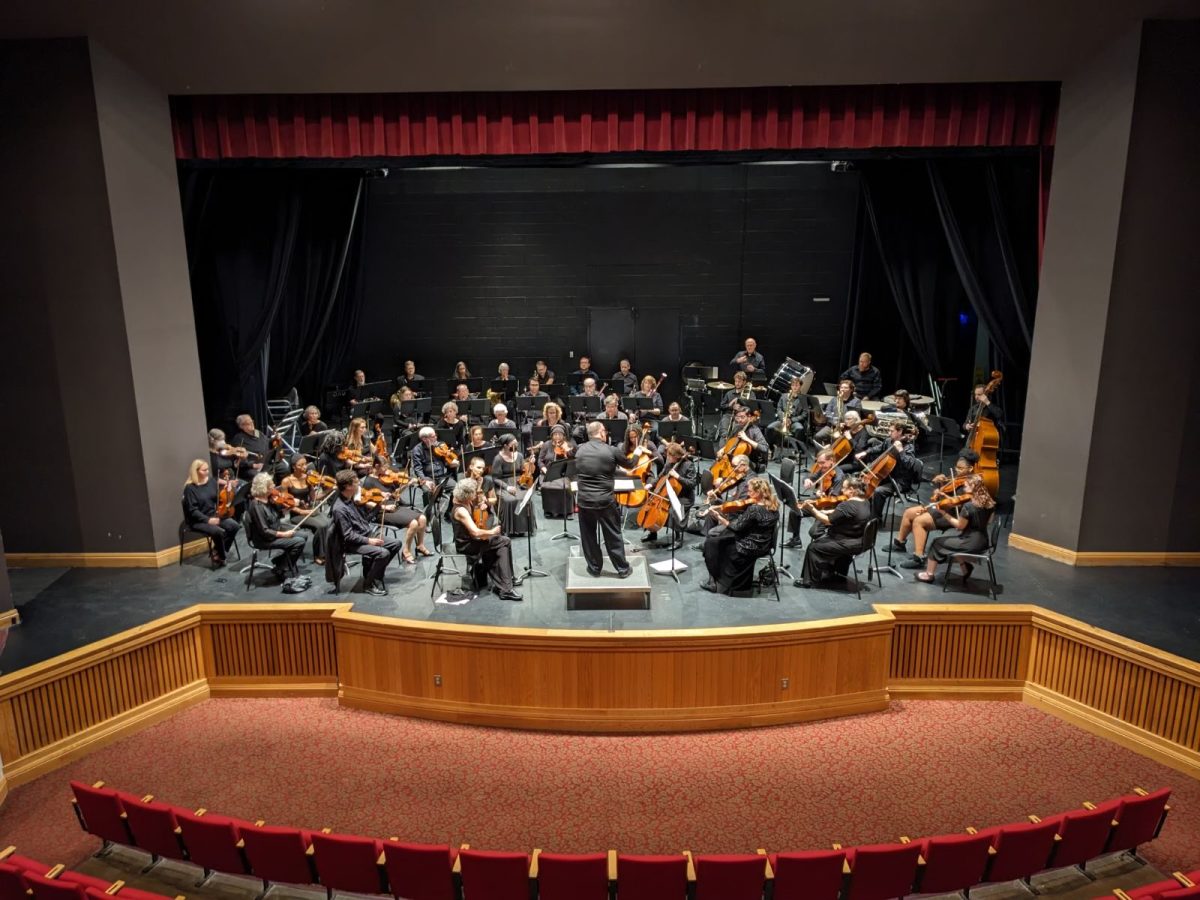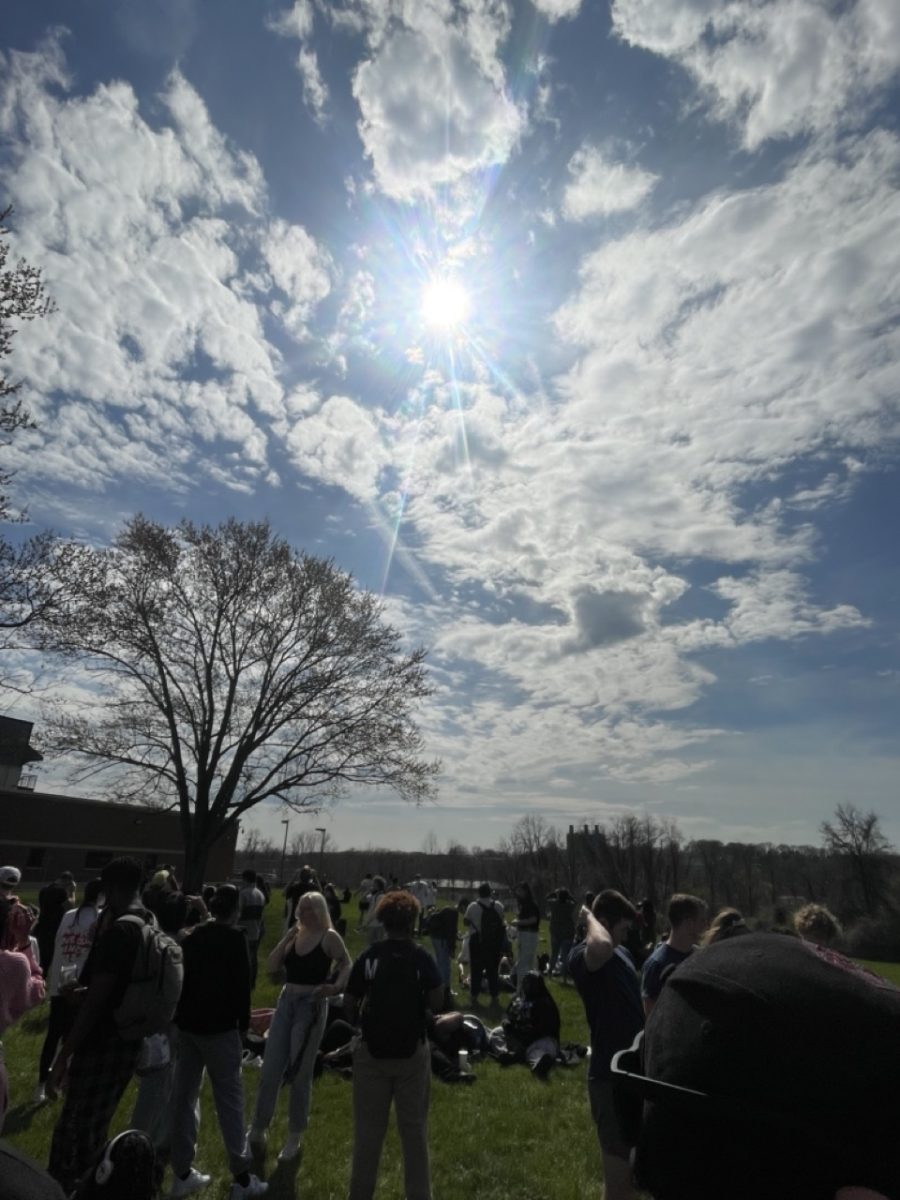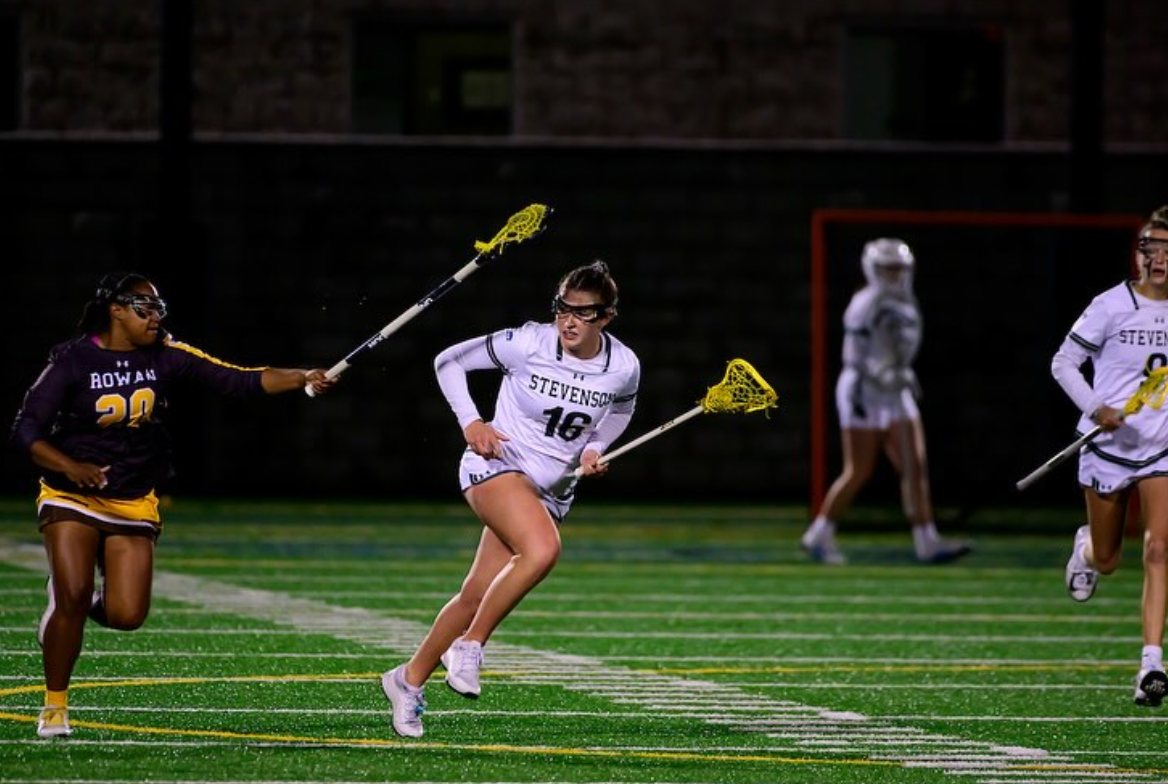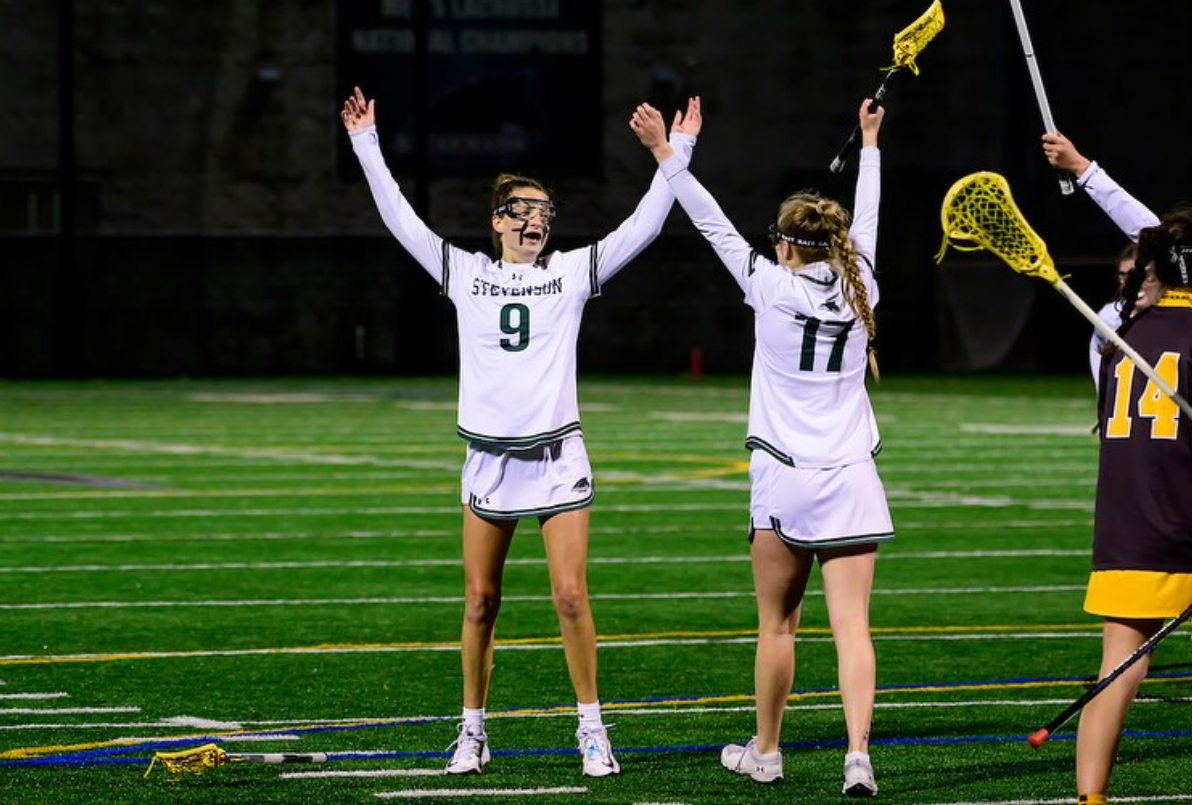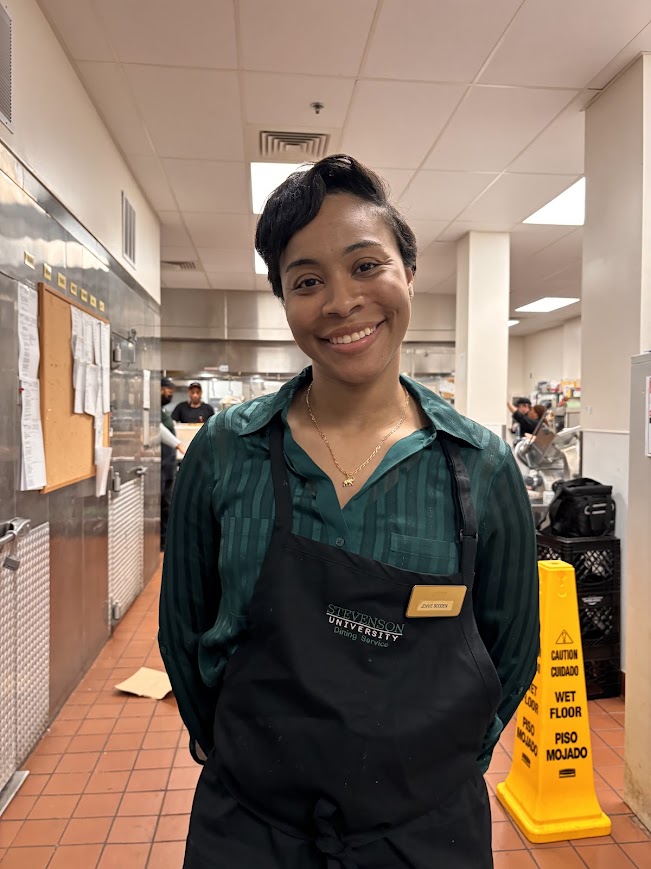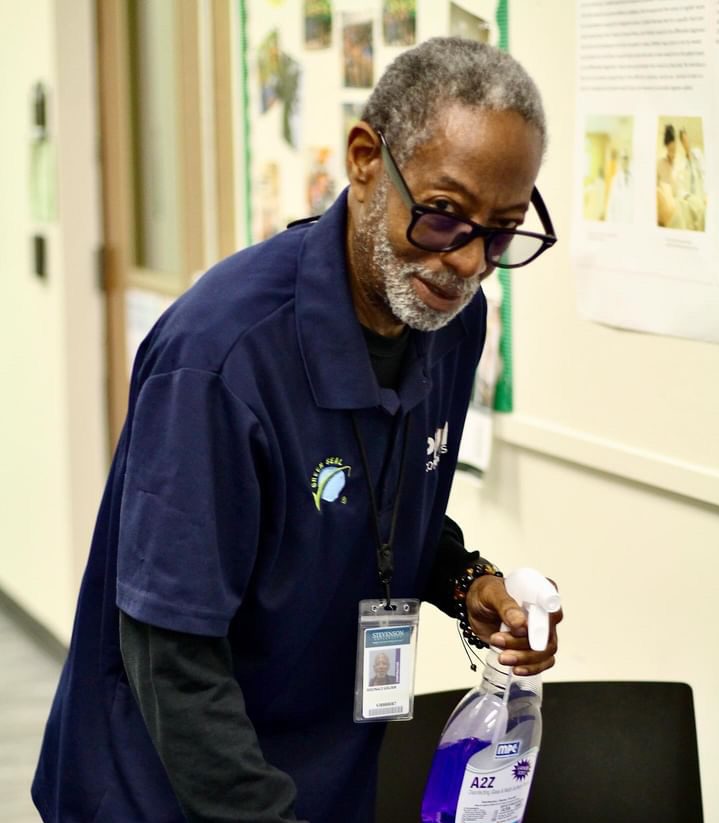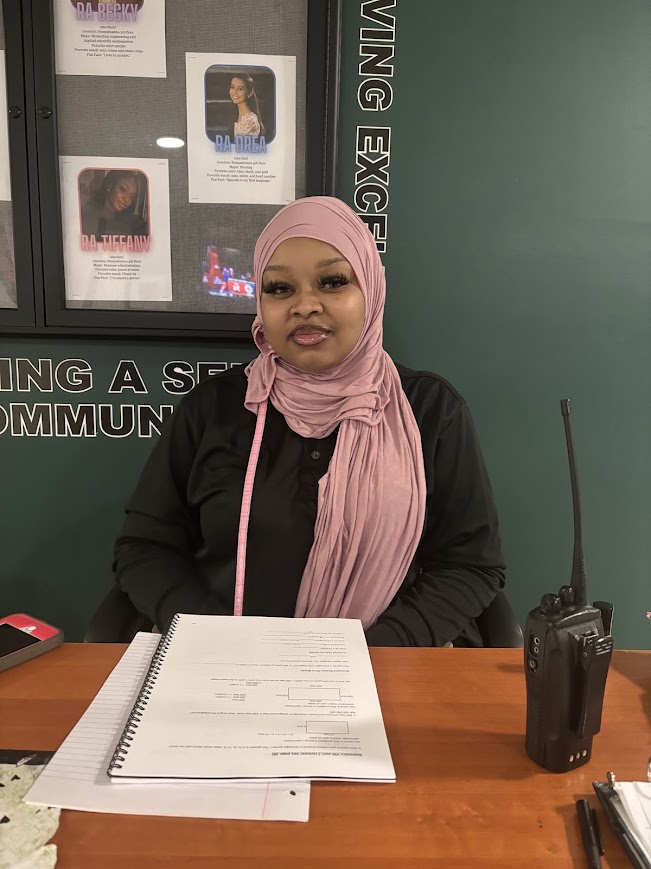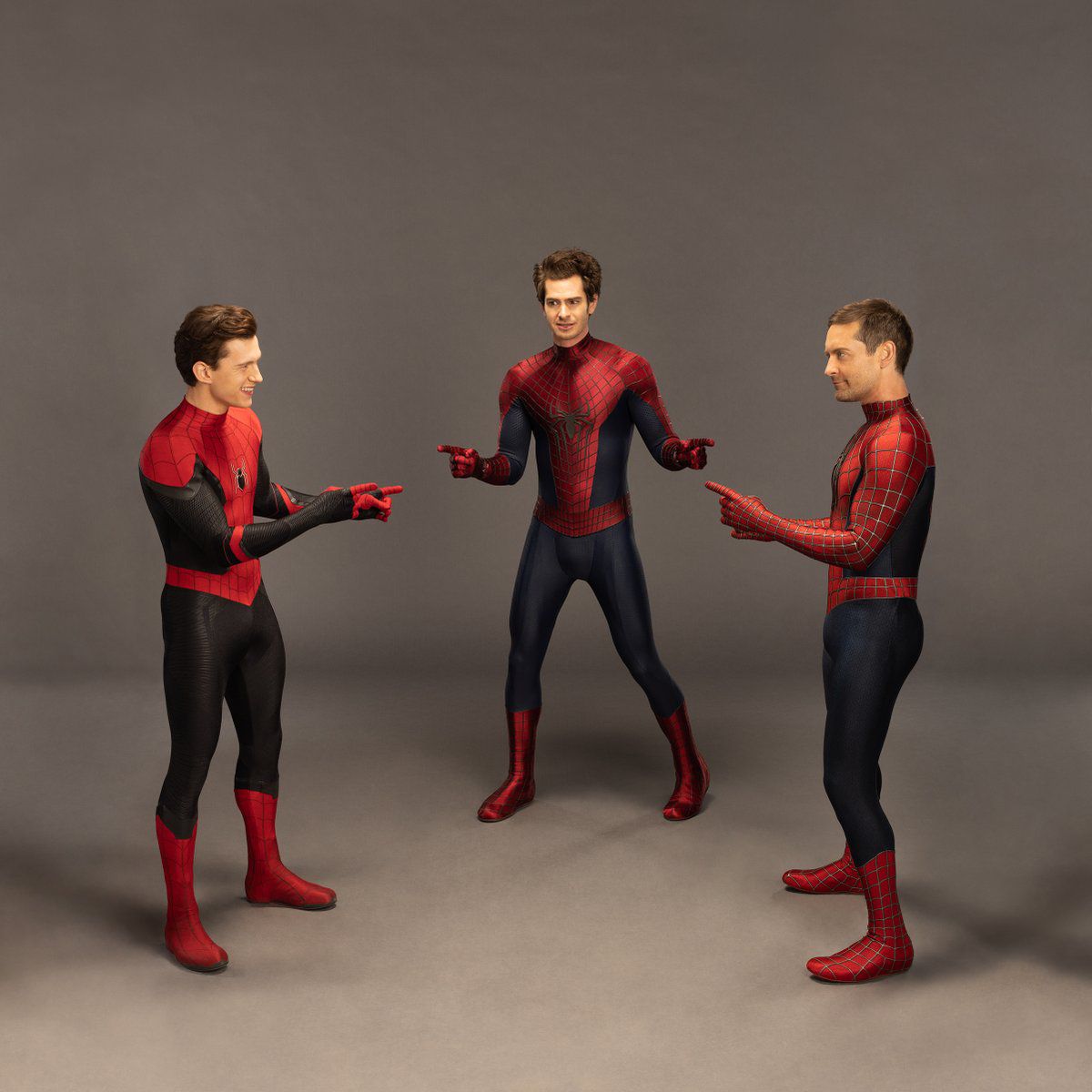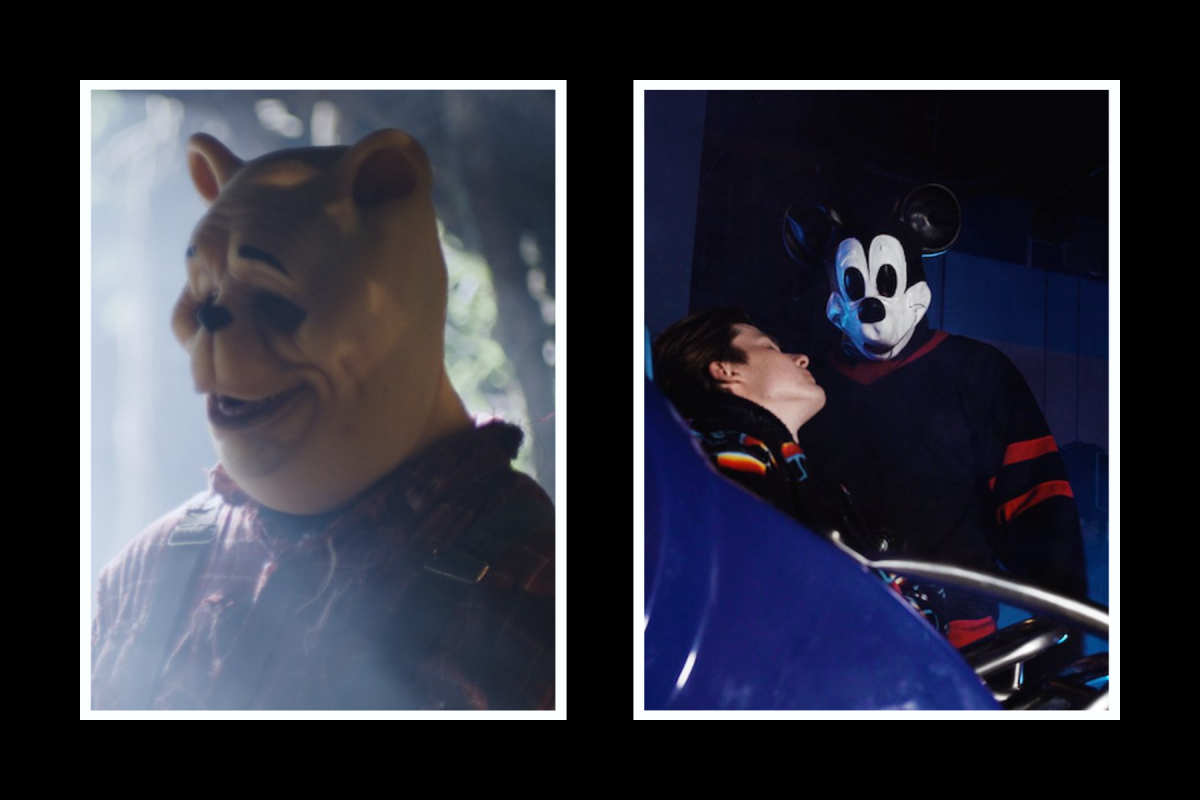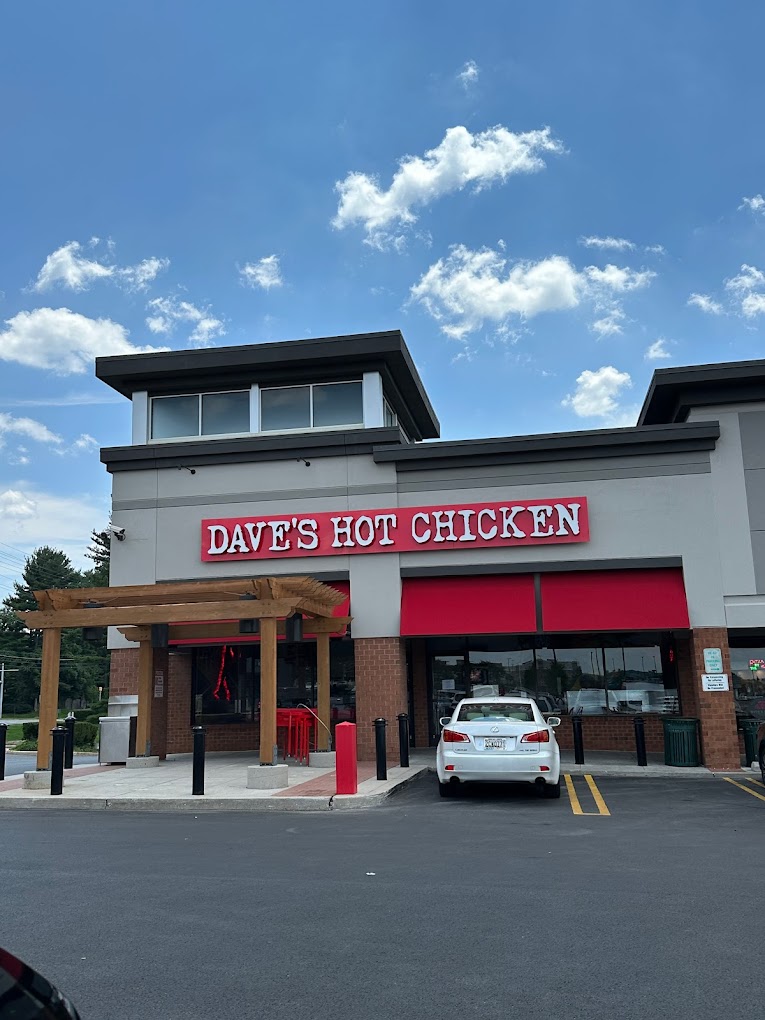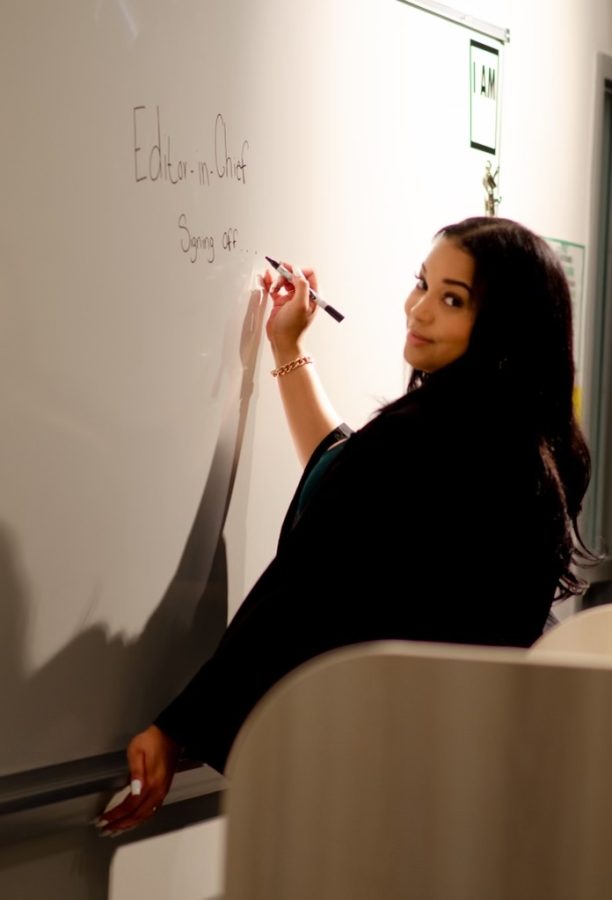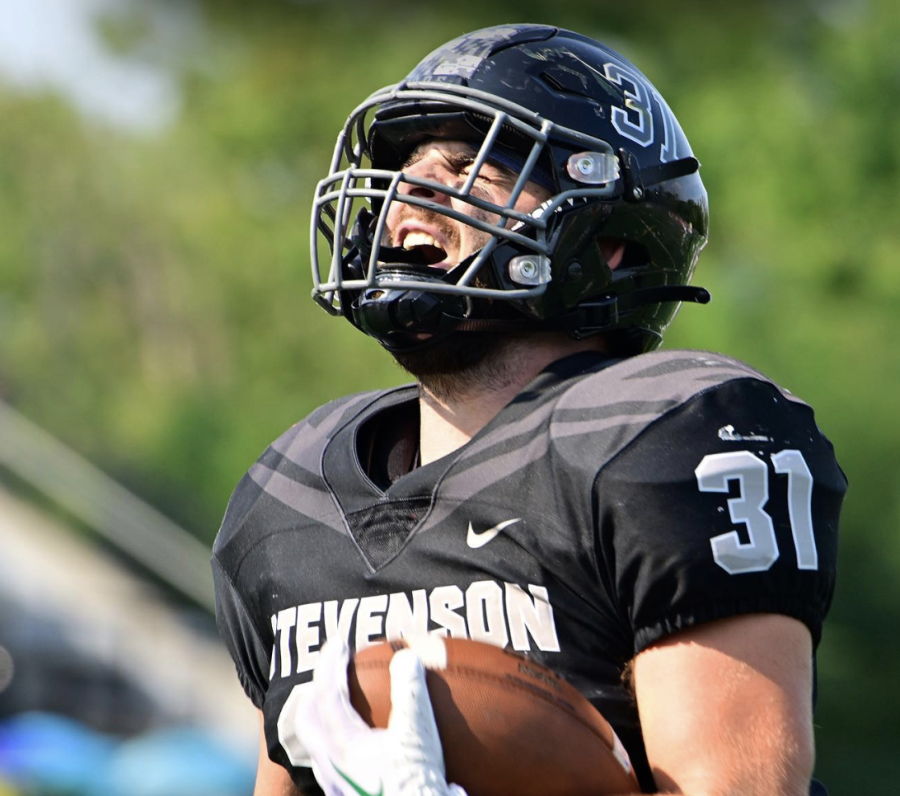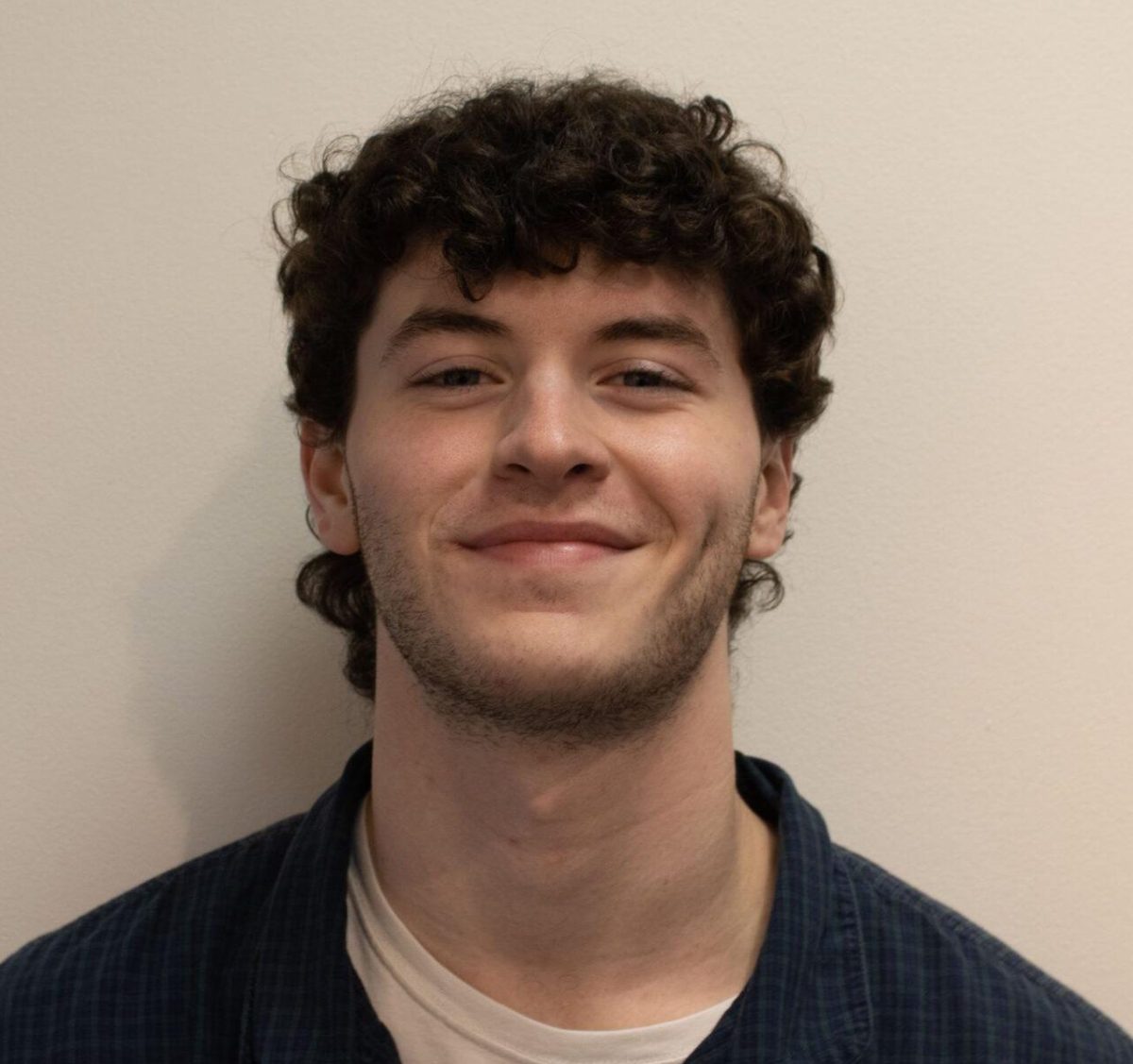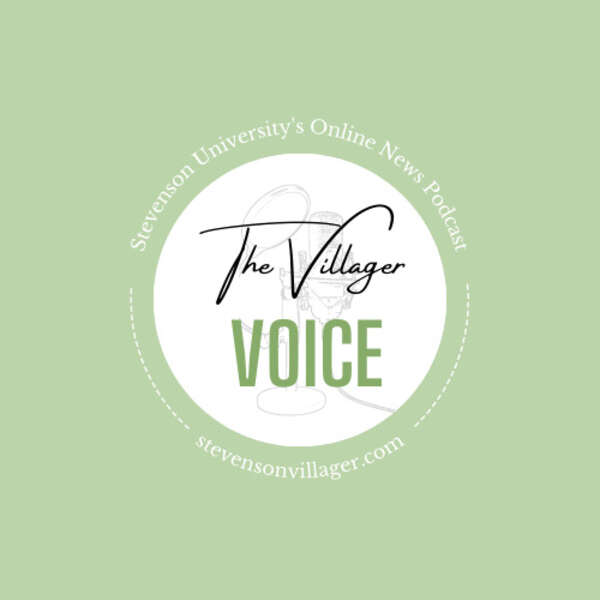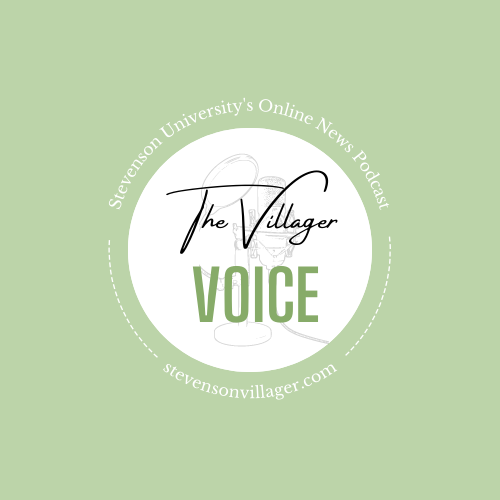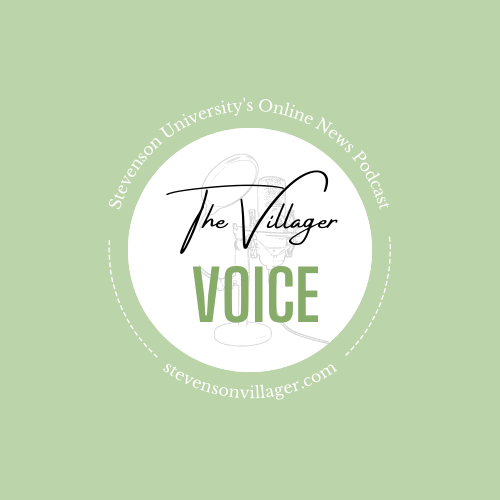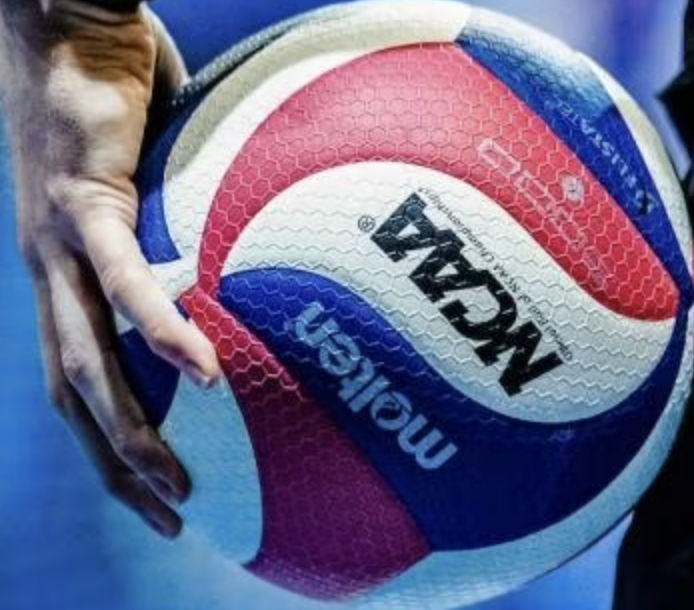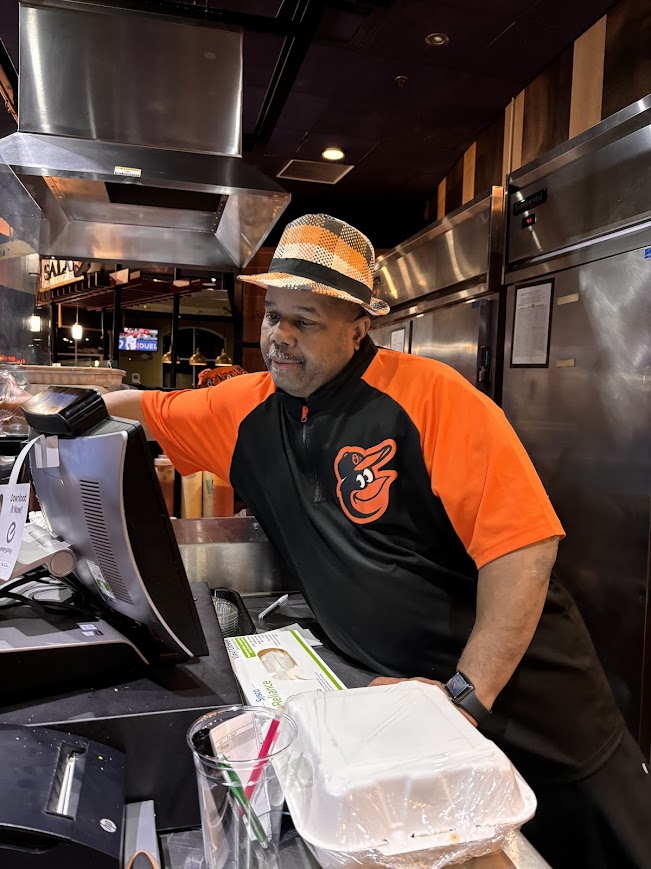The nursing students at Stevenson University are using simulation laboratories to enhance the skills needed for their nursing careers.
Since the opening of the Manning Academic Center, the Sandra R. Berman School of Nursing and Health Professions has received grant funding to create several simulation labs that have provided a hands-on learning style for nursing students.
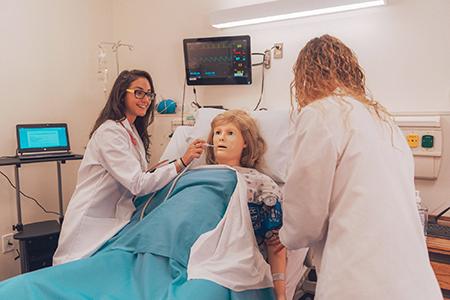
In the past, before the introduction of simulation labs, nursing education was more teacher-centered. Jeff Wells, nursing lab manager, explained that teacher-centered education is similar to lecture-based learning. With simulation labs, however, nursing education has become more student-centered, where professors conduct facilitated learning and students lead the lectures while professors oversee their education.
Hollis Caswell, a lecturer in the School of Nursing; Wells; and the nursing faculty are working together to identify learning opportunities to design skills lab and simulations students will perform. According to Wells, nursing students have to learn over 200 skills before they graduate.
“We want to make sure students are practicing high-risk skills so they can be a little bit more prepared,” said Wells. “A single simulation can take 15-20 hours to write up and then needs to be tested and refined and tested again before students take part in the simulations.”
Emily Herzog, a recent graduate at Stevenson University and a registered nurse, said, “Sim labs allowed me a safe place to learn and make mistakes as a nursing student.” The simulation labs provide practice for life or death situations, without posing a threat to actual human life.
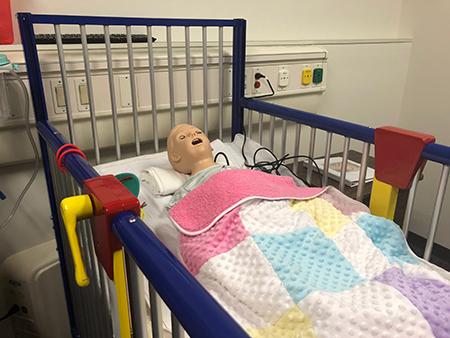
The simulation center includes several hospital rooms. Some rooms are set for the skills lab, where nursing students learn basic skills needed on the job, and other rooms are simulation rooms with manikins. These manikins are similar to a mannequin, but with human functionality. The manikins are equipped for students to run through high-risk skills such as resuscitating a patient and learning how to inject them with needles.
Manikins have created a huge impact on nursing education at Stevenson University. Almost lifelike in their appearance, manikins come in both low-fidelity and high-fidelity types.
Wells explained that high-fidelity manikins are “very lifelike” with human functionality such as heart rates, the ability to speak, move their eyes, and go into cardiac arrest. Their outer rubber covering simulates human skin. Low-fidelity manikins look less human and have fewer functionalities compared to high-fidelity manikins.
Wells recalled that on the Greenspring campus, the simulation lab was the size of his current office. Since moving to the Manning Academic Center, he said that things are very “high speed” for the nursing program. The state-of-the-art education provides nursing students an enriched hands-on learning experience.


